| Visual/Material Communication |
 |
   |
| COM 75-474 | Spring 2024 |
| Visual/Material Communication |
 |
   |
| COM 75-474 | Spring 2024 |
key questions:
What is "seeing""? What is "looking""?
(To explore more later: how is "being seen" different from "being looked at")
What is "the visual"?
What is "a visuality"?
What does it mean to "read" the visual?
What does it mean to "write" the visual?
What is productive about this reading/writing metaphor?
What is limiting/misleading about this reading/writing metaphor?
from Shirato/Webb:
discussion quotes from Shirato/Webb:
"[E]very act of looking and seeing is also an act of not seeing, even when we are being attentive." (13)
"[E]very act of perception takes place within a context that orients, influences, or transforms what we see." (15)
"[T]he things we see aren't simply 'out there' in any ideal or unmediated way; rather, we understand, evaluate and categorize--that is to say, see--things in terms of a set of resources that we take from our [physiological, psychological, and] cultural contexts." (15)
"What is important, in any consideration of how we read the visual, is that as 'readers' we are also 'writers,' selecting, editing, and framing all that we see." (33)
Conscious vs. unconscious seeing (Photographing vs. Driving) (12)
reading (i.e. making & negotiating) the visual involves:
attentiveness (14, 24)
selection & omission (frame) (14, 22)
signification & evaluation (22)
arrangement
differentiation & connection
focus (24)
and context (14)
key terms from Shirato/Webb:
anomoly (20-21)
signs and texts (23)
intertextuality & genre (28-31, 33)
terms from Bourdieu: habitus, cultural literacy, cultural trajectory (17-19)
"Our cultural history and trajectory [i.e. habitus] naturalize certain values and ideas, and effectively determine our worldview--that is, they predispose us to see and evaluate the world in certain ways." (17)
Workshop Images
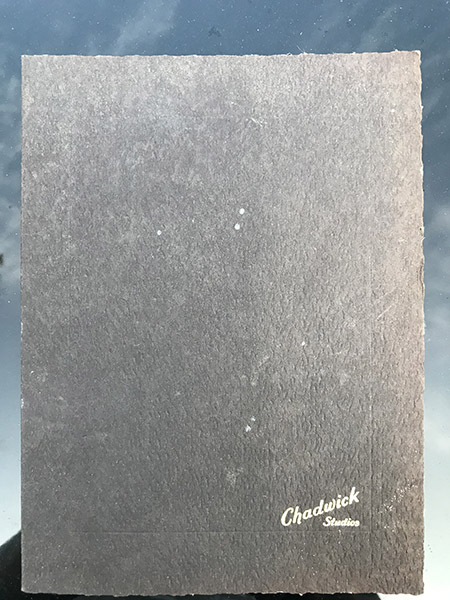
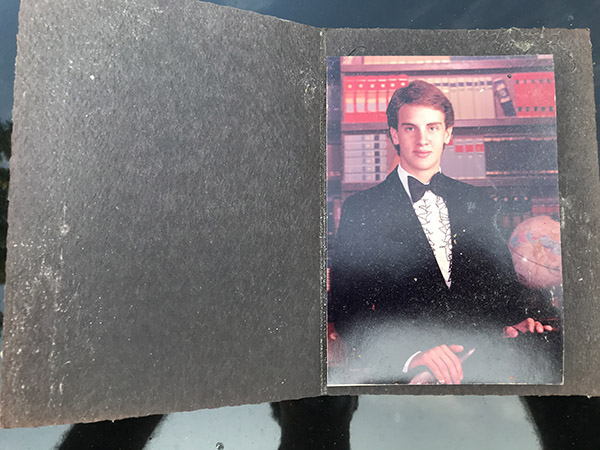

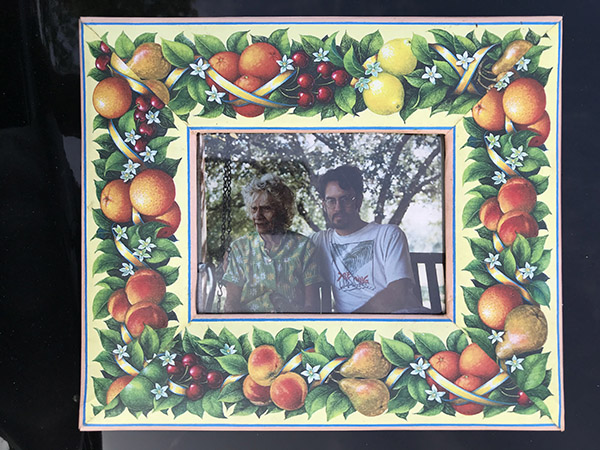
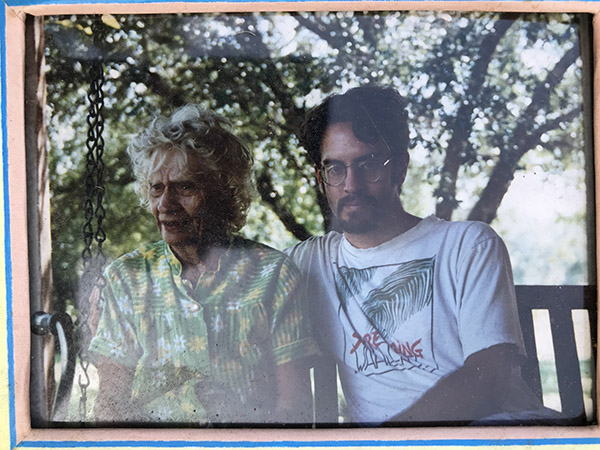
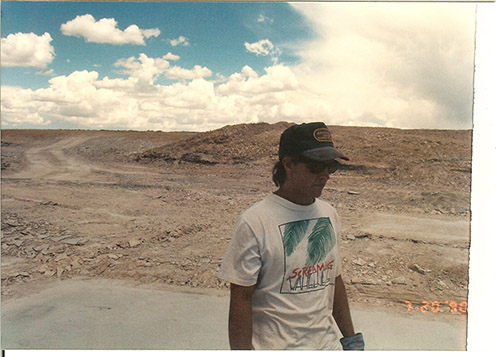



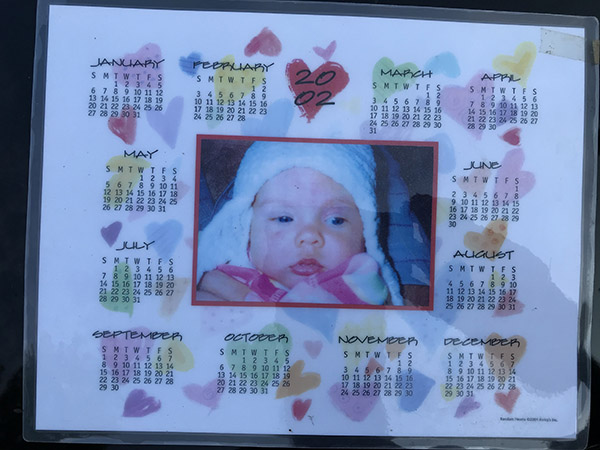






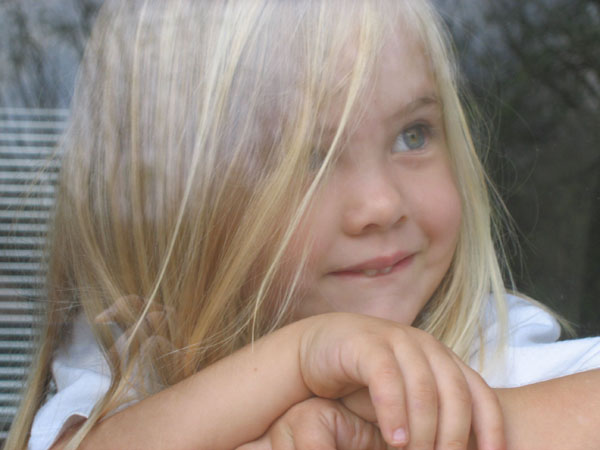

|